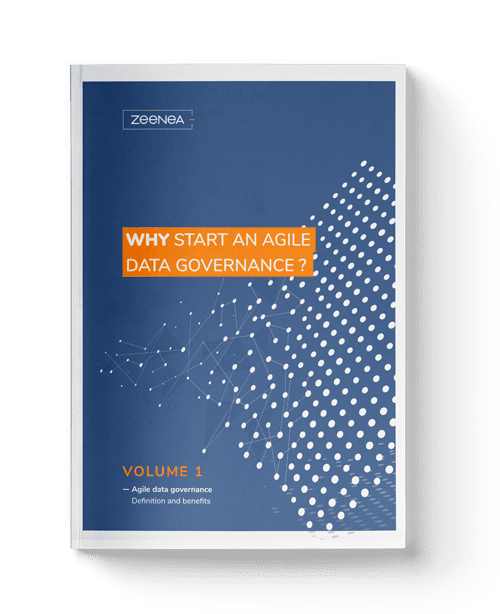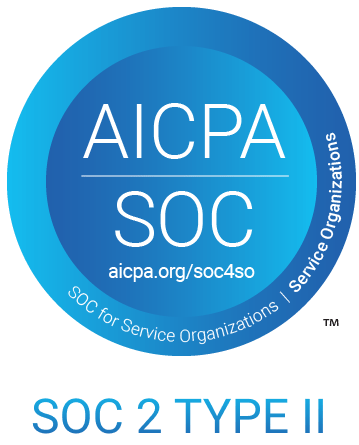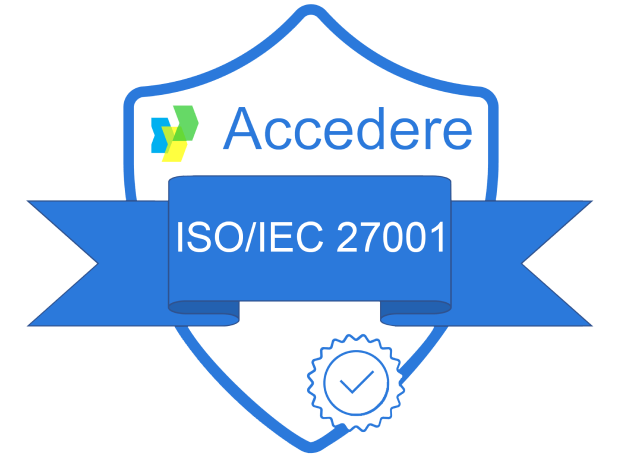
The weak maturity of data governance projects necessitate the implementation of good practices and feedback loops to constantly monitor and verify the validity of management rules on your data asset.
The following articles explain the characteristics of a data governance labeled as agile in order to:
1. Be as close as possible to your enterprise’s operational reality.
2. Adapt to your enterprise’s context and not the other way around.
3. Accurately reflect your data assets.
4. Unify and involve your collaborators.
5. Respond to changes quickly.
The consistent practice to have a single person or a single group to arbitrate data governance has become obsolete.
Data governance must not be the IT’s guarded territory.
Data circulates in the hierarchy from senior managers to entry-level employees in all departments. Information on how data should be managed and what rules to follow can come from anywhere.
To create a democracy of data, where all the employees can access the enterprise’s data on a large scale, like how Facebook has done, signifies that employees don’t have to wait to execute projects that can add value.
This also signifies that data problems are more likely to be discovered and corrected. This is all the more important in an environment where 85% of organizations’ information are redundant, obsolete and trivial, and that 41% of all the stored data are not touched for the past 3 years.
We believe that the sustainability of data governance must include the creation of communities around the different areas of activity related to data within your organization. This approach aims to put individuals and their interactions in front of processes and tools.
As a shared asset, it will be necessary to define ownership rules and areas of responsibility around an enterprise’s data. In a number of organizations, the responsible parties have official roles to play such as « data owners », « data stewards » or « data custodians ». If the formal designation of responsibilities remains essential, we think that it is important to involve as many people as possible in the implementation of data governance, capable of contributing to the knowledge, control and management of data.
Otherwise known as: « Everyone is a Data Steward ».














